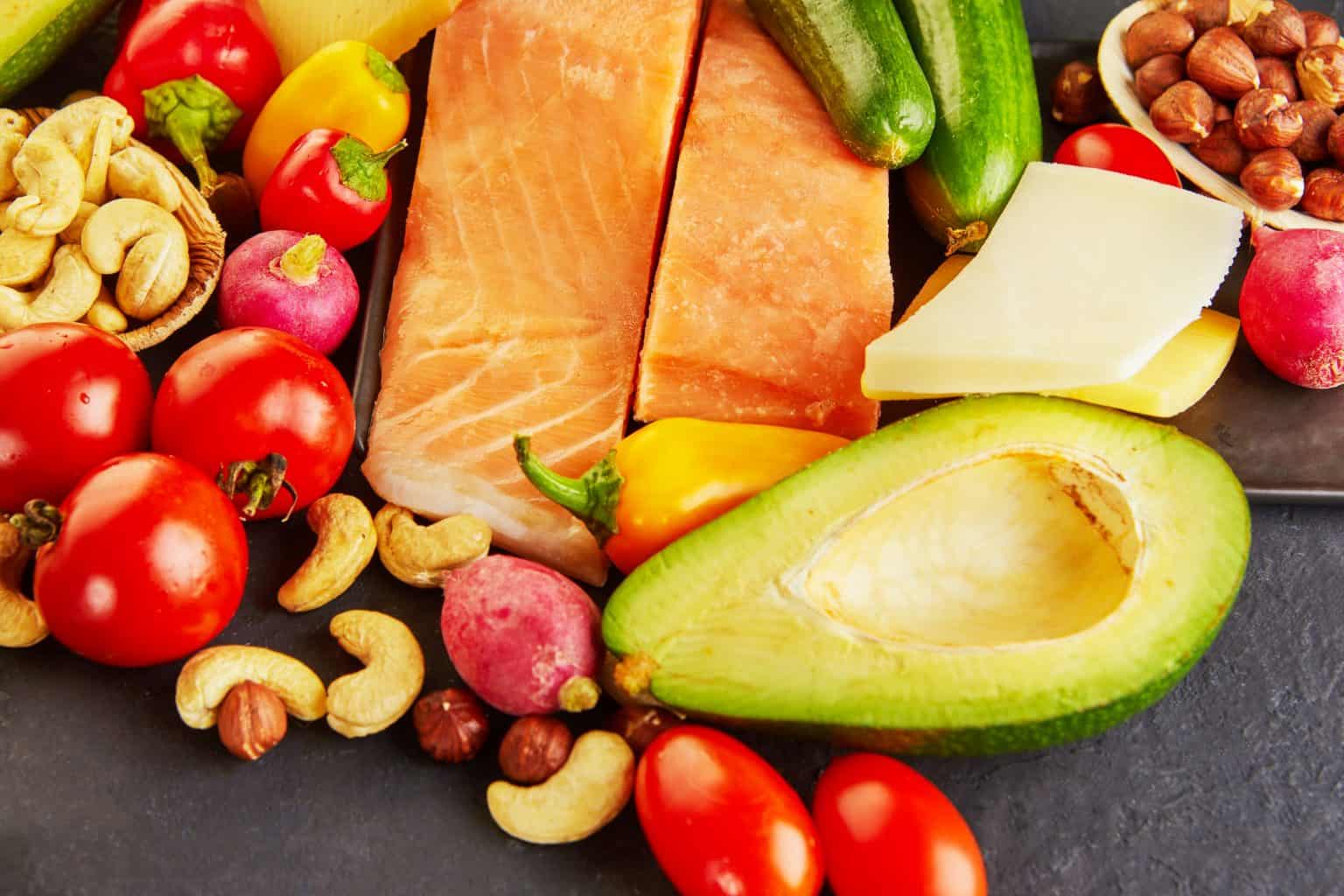
Maintaining or losing weight is a concern for many people. Quick fix diets don’t work. Studies have found that over 95% of dieters who lose weight, will regain the lost kilograms plus extra within one year.
Clearly, we need a life-long way of eating that maintains our desired body weight without feeling deprived.
Mim Beim’s Low Starch Eating Plan helps you lose excess kilos while maintaining good health.
This is a long-term eating program rather than a quick fix diet, although positive changes may occur within days. Most people feel more energy, notice better concentration and improved general health.
The Low Starch Eating Plan works because it is easy. Once you understand the 3 simple rules, it makes losing and maintaining your weight a breeze.
The Low Starch Eating Plan allows you freedom to socialise, eat at restaurants and generally enjoy yourself without being obsessed about what to eat, and what not to eat.
Most starchy foods have a high glycaemic index (GI). High GI foods cause a rapid increase in blood sugar levels, which in turn causes an increase in the amount of insulin. High amounts of insulin in the bloodstream increase fat storage. Not good!
For this reason, it is best to reduce starchy foods including; potatoes, pasta, bread, biscuits and rice. Sorry!! But most fruits, vegetables, fish, meat, legumes and seeds are fine.
The Low Starch Eating Plan recommends you eat some protein with each meal or snack. The reason for this is a little protein will keep you satiated, or feeling fuller for longer, reducing any temptation for snacking and choosing to eat food that you might later regret.
In my practice, I recommend the Low Starch Eating Plan to patients who are insulin resistant, and or at risk of developing Type 2 Diabetes.
Look at food labels. Anything over 5g of sugar per 100g is most likely ADDED sugar. Avoid.
Protein food the size and thickness of a pack of cards for a main meal, half this for snacks
Zero starchy foods if you are pushing hard to lose weight, one to two serves daily for slower weight loss and maintenance.
Our body (and digestive tract) has remained essentially unchanged for hundreds of thousands of years, yet the food we eat has changed substantially. Grains (including rice, rye, wheat, barley and corn) have only been cultivated for the last ten thousand years – the beginning of agriculture and civilisation – long after our digestive systems were up and running. In the modern diet, there is an overemphasis on grains, especially wheat, appearing in bread, pasta, biscuits and most breakfast cereals. For thousands of years humans adapted to grains, however, it was the processing of grains into refined flours, with the addition of sugar that has spelt disaster for our health. This is not to suggest we go back to prehistoric times and eat cockroaches and dinosaur dung, but a return to the kind of foods our bodies were evolved to thrive on; Leaves, seeds, nuts, fruits, meat, eggs, vegetables, fish, the occasional flower and even insect!
Over 40 years ago the western world was swept up in Pritikin fever. Nathan Pritikin wowed the experts with evidence that fat was a major cause of heart disease, the then No. 1 killer of Americans. Pritikin recommended a diet severely restricted in all kinds of fat. Fried chips and chops were out, boiled potatoes and pasta were in.
Lots of people lost weight and lots of people avoided heart disease on the Pritikin diet. However, the news wasn’t all good. By focusing on processed carbohydrate foods (at the expense of ‘good’ fat and protein), this ultimately causes a shift in the way the body deals with glucose. Encouraging weight gain and even a tendency towards diabetes, a disease that is now epidemic. Additionally, by eliminating fats from the diet the fat soluble vitamins including D, E, A and K were also in short supply, and we make hormones and other important molecules in the body from fat.
After Pritikin came along the Atkins Diet.Turning Pritikin on its head, the Atkins and later Keto protocol was the abstinence of carbohydrates, with an abundance of fat and protein. Again, this works in the short term, however, there are long term health risks, overloading the kidneys as well as vitamin and mineral deficiencies.
Most people feel fantastic eating this way. However, by removing breads, pasta and cereals, inadvertently we are also removing a certain amount of fibre, which may result in constipation. So, it’s important to ensure that you drink plenty of water (1.5-2l daily which can include tea, herbal tea, hot water and lemon or ginger) and eat plenty of vegetables and to increase fibre. If this is still not enough, supplement with 2 teaspoons of linseeds and 2 teaspoons chia seeds daily.
This eating plan is easy, you need to the 3 rules absolutely, and follow these other suggestions.
Zero to 2 small serves of starchy food per day (preferably not at the evening meal)
Following are some basic ideas for meals and snacks. Depending on your culinary skills and predilections, you can scour cookery books and online recipe sites for recipes that appeal to you. Look at sites that cater for ketogenic and or paleo diets… then add some vegetables!
Here are some links where you will find inspiration.
Remember, planning is key. Spend an hour planning your weekly meals. Then shop accordingly. Make double meals, and freeze the other half for when you don’t have the time or interest to cook.
https://www.bbcgoodfood.com/recipes/collection/low-carbohydrate-recipes
https://www.taste.com.au/healthy/galleries/keto-recipes-free/59nrwyfz
https://thebrownpaperbag.com.au/?s=low+carb
There are also plenty of delicious low starch recipes on this website. Look for the tag low carb, low starch
If you wish to have starch at this meal (e.g. toast, porridge, baked beans, banana)
**LSA is a mixture of ground linseeds, sunflower seeds and almonds. You can buy this blend ready-made from health food shop or supermarkets
If you wish to have starch at this meal (e.g. bread, rice, pasta)
If you wish to have starch at this meal (e.g. crackers, baked beans, bread, banana)
Correcting your breathing will improve your energy, concentration and performance. Find out how with this live, one hour, breathing workshop with Mim Beim.
This free webinar will you overcome conditions such as asthma, sleep apnoea, snoring, anxiety, reflux and irritable bowel syndrome. More Info here.
